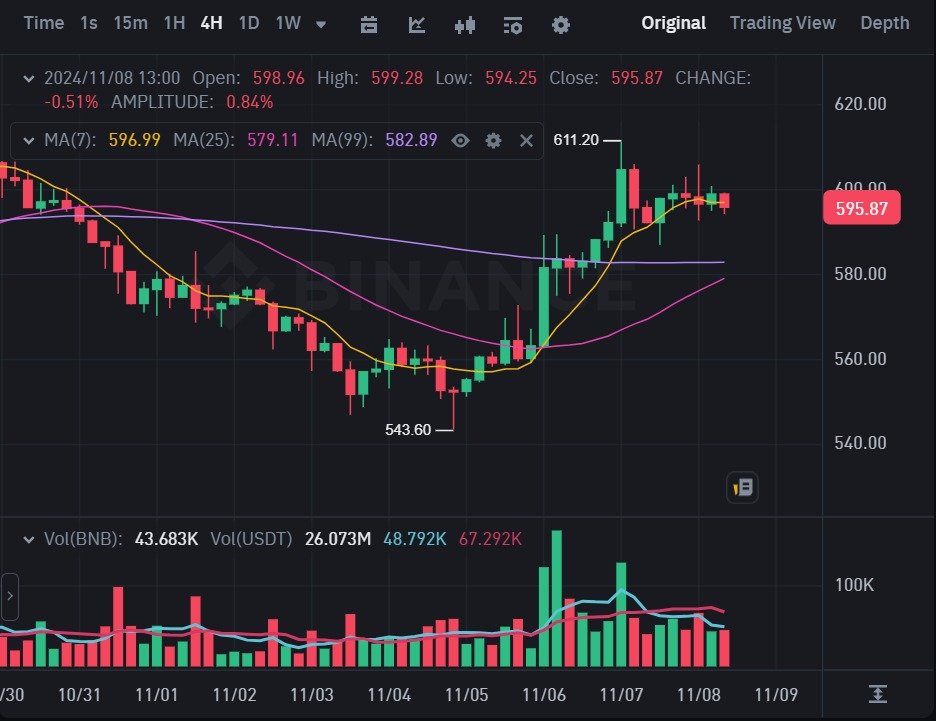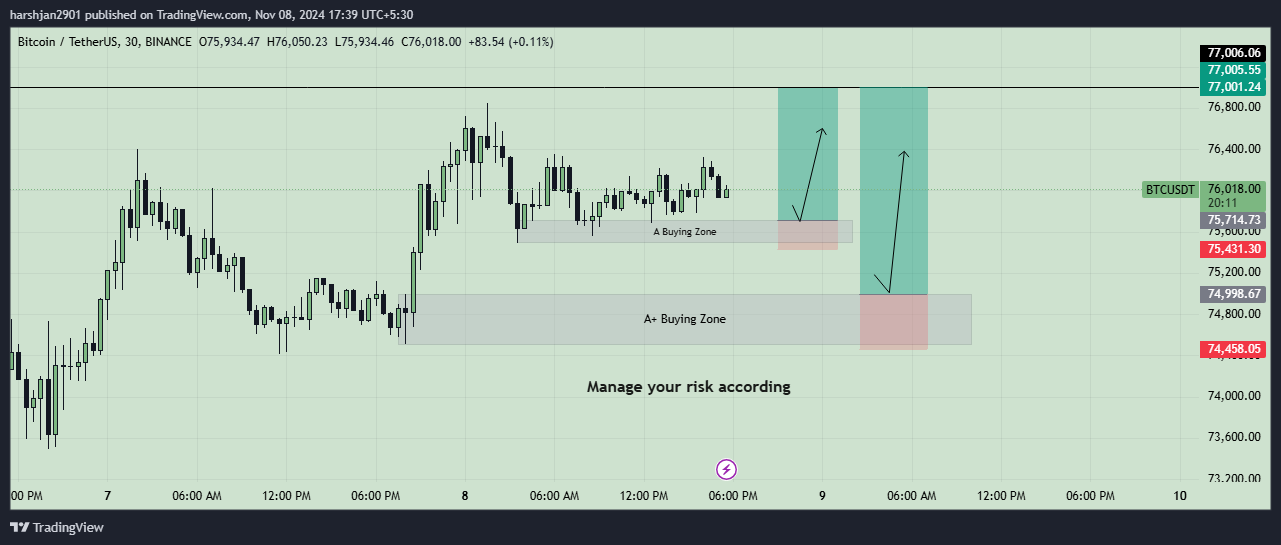In the context of cryptocurrency, “negative” can refer to a few different scenarios, and the answer depends on what specifically is meant by the term “negative.”
Here are the potential ways that crypto could go “negative”:
1. Negative Price Movements (Downward Price Action)
Yes, cryptocurrencies can experience negative price movements. In fact, volatility is one of the most defining characteristics of the crypto market. Cryptocurrencies are highly speculative and subject to market swings due to factors such as market sentiment, news events, regulatory changes, and investor behavior.
- Price Drops: It is common for cryptocurrencies like Bitcoin, Ethereum, and altcoins to experience sharp price declines. These drops can be substantial, with prices sometimes falling by 10%, 20%, or even more in a short period.
- Market Crashes: Cryptocurrencies have been known to go through periods of significant decline, also referred to as market crashes. For example, the price of Bitcoin dropped from an all-time high of around $64,000 in April 2021 to below $20,000 by June 2022. This represents a “negative” price movement.
- Speculative Risks: Unlike traditional assets, crypto markets are often driven by speculation and news, meaning prices can fluctuate unpredictably and sometimes for no apparent reason.
2. Negative Balances in Margin Trading
If you’re using margin trading or leveraged trading with cryptocurrencies, it’s possible for your balance to go negative.
- Margin Trading: In margin trading, you borrow funds to trade a larger position than your account balance would allow. If the market moves against your position, your losses could exceed your initial investment, leading to a negative balance. Essentially, you could owe more than you originally invested if the value of the crypto asset you’re trading declines significantly.
- Liquidation: If the market goes too far in the wrong direction, your position can be automatically liquidated to prevent further losses. However, in extreme cases where the price moves too quickly or the liquidity of the asset is low, there may still be outstanding debt, resulting in a negative balance.
- Example: If you borrowed funds to buy Bitcoin at $40,000 per coin, and Bitcoin drops to $30,000, the value of your holdings might no longer cover the loan, leaving you with a negative balance. Some exchanges may even require you to repay the debt if the liquidation doesn’t cover the borrowed amount.
3. Negative Yields or Negative Interest Rates in Staking
Some staking and yield farming protocols offer rewards in the form of interest or staking rewards, but there can be scenarios where the return is negative:
- Impermanent Loss: In decentralized finance (DeFi), liquidity providers might experience a negative yield due to impermanent loss. This happens when the price of the assets you’ve provided to a liquidity pool changes in such a way that the value of your holdings is less than when you initially provided them, resulting in a negative return.
- Negative Yields: While less common in the crypto world, some projects may have yield mechanisms that can result in negative returns due to fees, mismanagement, or other adverse market conditions.
4. Negative Mining Revenue
For crypto miners, it is also possible to experience negative profitability:
- Mining Costs: Mining cryptocurrency involves substantial electricity costs, as well as the cost of hardware and maintenance. In certain situations, especially during periods of low cryptocurrency prices or high network difficulty, miners may find that their costs exceed the revenue they generate from mining.
- Profitability Calculators: Many miners use online profitability calculators to estimate the earnings from mining a particular cryptocurrency. If the price of the coin drops significantly or mining difficulty increases, it’s possible for miners to end up with negative earnings, meaning the costs of mining outweigh the rewards.
5. Negative Sentiment in the Market
A market downturn or “negative sentiment” in the crypto market could lead to:
- Loss of Confidence: If investors lose confidence in a particular cryptocurrency or the market as a whole, it could lead to widespread selling. This could further drive prices down, creating a negative market sentiment.
- Regulatory or Legal Pressures: Negative news, such as government crackdowns or regulatory uncertainties, can result in massive sell-offs, pushing the market into a negative spiral and affecting crypto prices across the board.
6. Negative Impacts of Crypto Forks
Sometimes, the development of a cryptocurrency network could involve a fork, where the project splits into two separate entities.
- Hard Forks: A hard fork could result in one version of the cryptocurrency experiencing a significant decline in value, especially if the community does not support it. This may result in a “negative” value for the forked coin compared to the original.
- Uncertainty After Forks: Forks can lead to uncertainty and a loss of value for both the original and forked coins as users may abandon the new coin or face technical issues, leading to a negative price reaction.
Conclusion: Can Crypto Go Negative?
In the context of price movements, mining profitability, and margin trading, the answer is yes, crypto can go negative in various ways. Cryptocurrency markets are volatile and highly speculative, meaning prices can decline dramatically in short periods. Additionally, negative balances can occur in leveraged trading, and miners may face losses if the costs of mining exceed the rewards.
If you’re concerned about navigating these risks and want to ensure you’re using the best strategies for crypto investment, consider consulting with professionals who can help you avoid pitfalls and maximize your returns.
Ready to start navigating the crypto market with confidence?
Lumina Lore provides expert crypto trading strategies, copy trading options, and investment insights to help you succeed.
👉 Start trading with Binance: Use our Binance referral link to get started with the best tools for success.
👉 Copy Top Traders: Leverage Binance Copy Trading to follow proven strategies and enhance your portfolio.



